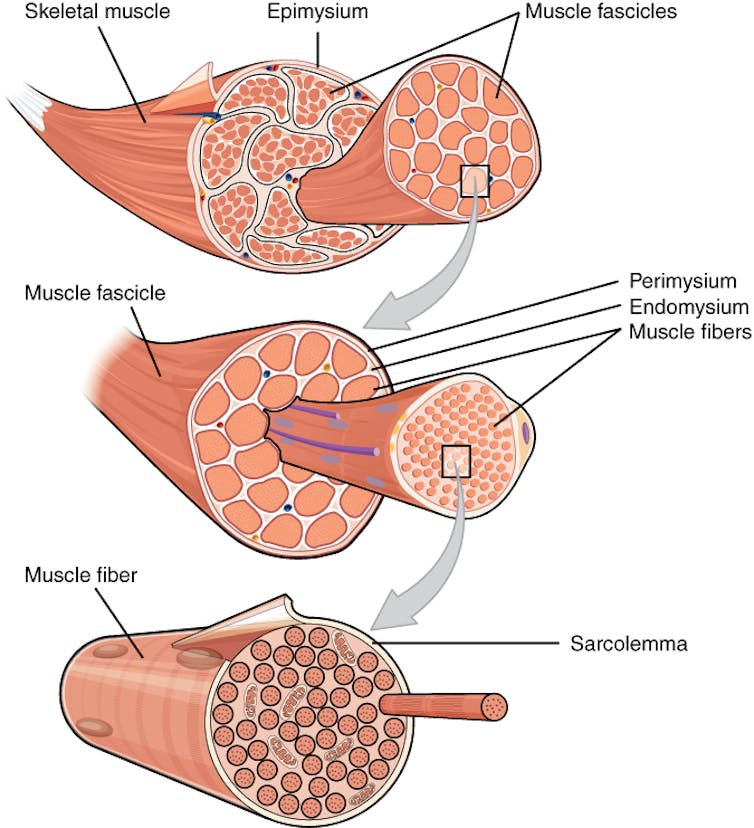
New research has highlighted links between coastal habitats and the conservation of threatened marine species.
The study from The , published in , shows that far more species of marine animals, such as dolphins, sharks, crocodiles and sea turtles use coastal habitats than previously thought.
“When we think of mangroves, we don’t immediately think of habitat for sea turtles or dolphins”, said lead author from Griffith University.
“However, green turtles are known to eat mangrove leaves and fruits, and bottlenose dolphins hunt for fish around mangroves.”
The team highlighted other surprising links uncovered last year by US researchers; the bonnethead shark – a close relative of hammerheads – became the first known omnivorous shark – it eats and digests seagrass.
The study comes after the United Nations reported earlier this month that found more than 1 million animal and plant species were at risk of extinction in the next few decades due to human activity, such as habitat destruction for agriculture.
Dr Sievers and his team are encouraging scientists and conservationists to include habitat links in species’ extinction assessments and recovery plans.
“We now know that over 100 species of these big, iconic marine species use coastal habitats,” Dr Sievers said.
The problem is that these habitats are declining globally, and the links to populations of marine megafauna have been largely overlooked.
“We need to be really clear about what the ecological links are, what habitats are most important and how threatened species are actually affected by our actions.”
The team believes the findings are particularly important as the international community mobilises to tackle climate change and preserve biodiversity at the global scale.







